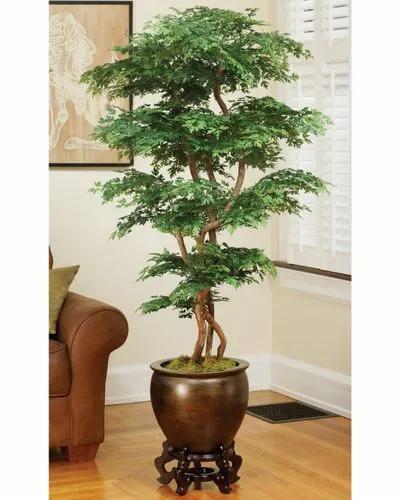Peperomias are small, often succulent herbs mostly growing on trees, though up north sometimes they're grown in pots as attractive ornamentals.
Peperomia Quadrifolia Care
Peperomia Deppeana×quadrifolia



How to Care for the Plant

Water

During the growing season, make sure to keep the soil moist. However, you don’t want the soil to be soggy.

Pruning

Peperomia hope requires some pruning.

Fertilizer

Use a balanced liquid plant food to deal with the new plant’s feeding needs during the growing season and fertilize bi-weekly.

Temperature

The ideal temperature for its robust growth is between 65° – 75° degrees Fahrenheit (18° – 24° C). They thrive in a medium to a low light situation. For better results, keep them away from the direct sunlight. Bright light has a tendency to wash out the attractive leaf color.

Additional

The good news is that the ASPCA considers peperomias to be non-toxic and a cat-friendly plant. Horses can safely graze on them when used as ground cover. Cats and dogs love these plants. This may lead them to eat enough to make them sick despite the plants being non-toxic.

Popularity

49 people already have this plant 9 people have added this plant to their wishlists
Discover more plants with the list below
Popular articles






